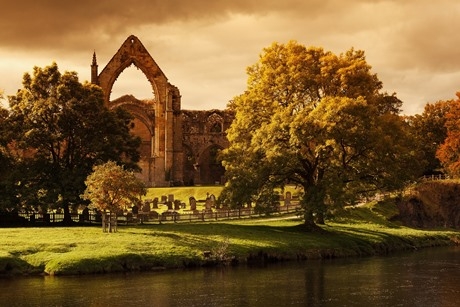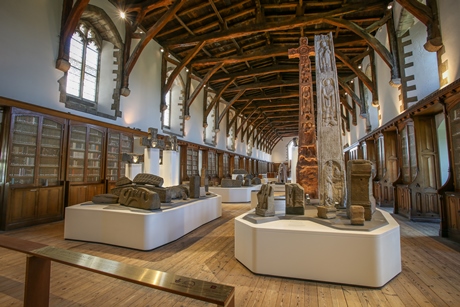We look at some ideas for trips that can be tied in with Religious Education.

Religious Education can be a tricky subject to teach, and sometimes a rather sensitive area to cover. However, with everything that is going on in the world of late, it’s more important than ever to teach children about different religions and cultures.
A new report that was undertaken by the National Association of Teacher of RE (NATRE) and the Religious Education Council for England and Wales based on Freedom of Information Data gathered by the Department for Education in 2015, discovered that more than a quarter of Secondary schools in the UK are not teaching their pupils any R.E.
This report makes it clear that there needs to be a strengthening of the importance of learning and teaching the subject inside the classroom and out. And there are plenty of trips teachers can plan to ensure their students, across Primary and Secondary schools, get a good grounding in the topic and are able to learn outside the classroom.
Visit a place of worship
Visiting a Cathedral is a great way to get pupils interested about learning R.E. Although Cathedrals are Christian, they can also offer a lot of insight into other topics and can give pupils more information on the idea of religion. Most cathedrals will offer school visits, such as Winchester Cathedral, St Pauls Cathedral and Durham Cathedral.
East London Mosque accepts school trips and can help teach pupils about Muslim faith and society. Visits to the mosque can include a guided tour and a talk on the history and the role of the mosque. On a visit pupils will gain a basic understanding of Islam, and can partake in a question and answers session.

Pictured: Durham Cathedral.
Visiting an abbey or historical location
A lot of history is surrounded by religion. In Britain we are so lucky to have such rich history on our doorstep. Visits to, for example, an abbey or monastery offers pupils both History and R.E links. Students can explore the attractions whilst gaining a better understanding of how religion has developed over the centuries, particularly looking at the creation of the Church of England.
Bolton Abbey, in Yorkshire and Holy Island & Lindisfarne Priory in Northumberland are great examples for school trips, with plenty of space for groups to explore, have lunch and enjoy a day of learning outside the classroom.
Go abroad
One of the best ways to learn about different cultures and religions is by going abroad and allowing your pupils to see for themselves how societies vary. Many tour operators can arrange school trips with a religious theme. For example NST arranges trips to London, Berlin, Amsterdam and WWI Battlefields; all of which tie in with Religious Studies and will have an underlying theme of religion. Likewise, WST also runs abroad school trips with an R.E focus to Krakow, Rome and New York, among other destinations. Other tour operators to consider include Rayburn Tours, Adaptable Travel and Euro Study Tours.
Museums and exhibitions
An exhibition in Birmingham Museum & Art Gallery, called Faith in Birmingham looks at all the different religions in Birmingham and displays a range of religious artefacts and sacred objects used in religious practice and pupils can learn more about the role of worship within the home. The exhibition looks at six different religions, Christianity, Buddhism, Hinduism, Sikhism, and Judaism.
The Manchester Jewish Museum is another option that offers school visits. Here, pupils can learn about the Jewish religion in an interactive way. Various sessions are available for Key Stage 1 to 4 that look at different areas of the faith.
Imran Mogra, senior lecturer in Religious Education at Birmingham City University, commented: “In a diverse society like Britain, it is crucial that there is an opportunity for children to learn RE so that they can know and understand what influences the beliefs and practices of their peers and those in the wider community.”










